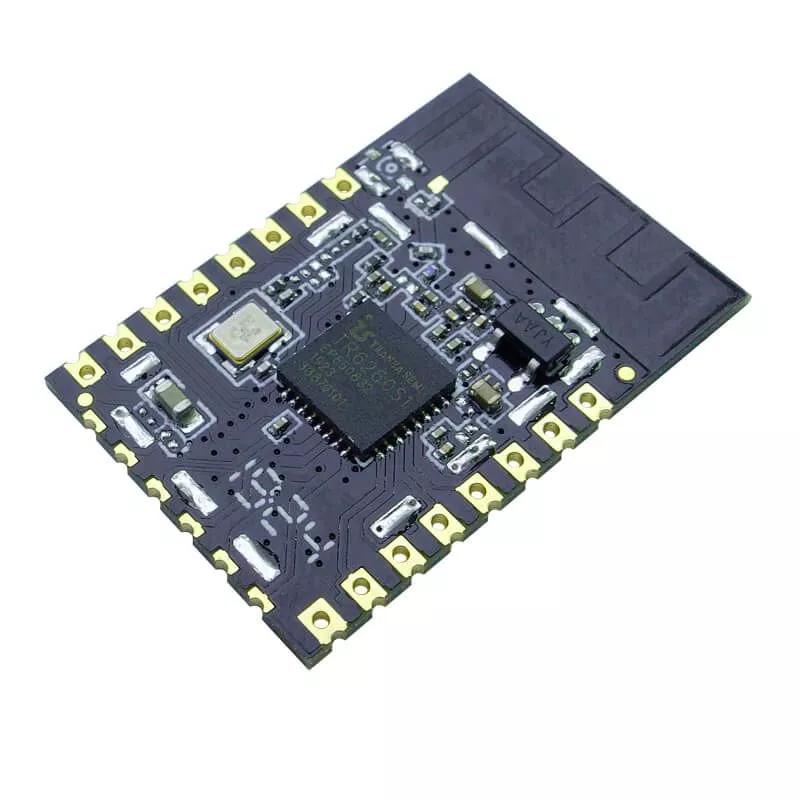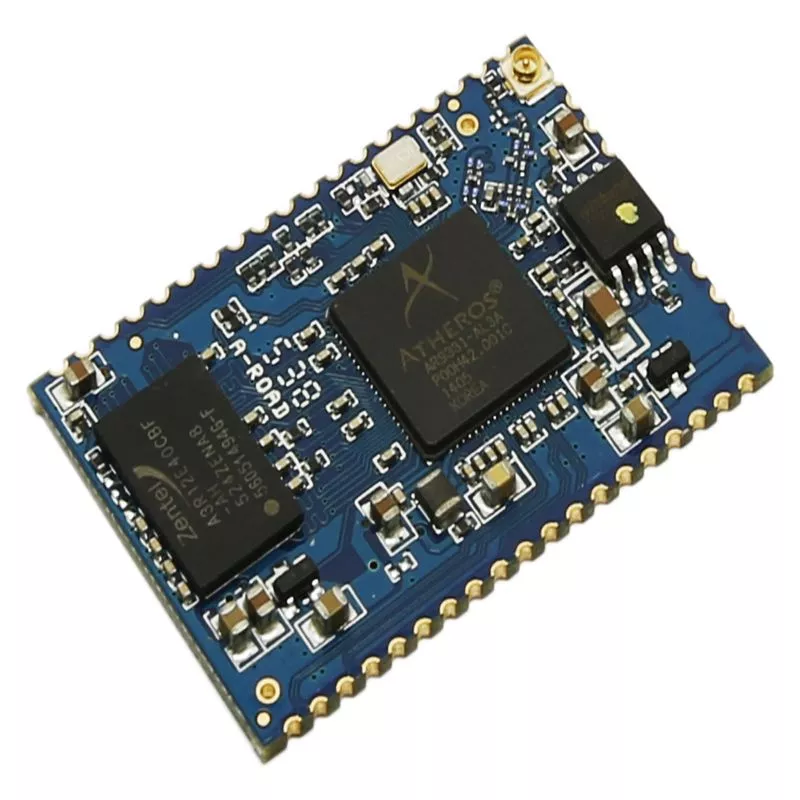In just one word: Sensor. Many IoT 4g module devices have sensors that can record changes in temperature, light, pressure, sound, and motion. Those things are similar to your eyes and ears to what is happening in the world.
Before talking about what these sensors do, let's describe them. The sensors fall under the category of Microelectromechanical System (MEMS) devices and are manufactured in a similar way to microprocessors, through a lithography process. These sensors are easy to combine with a specific application integrated circuit or an ASIC.
This is a circuit with limited programmability and controlled to do something specific. It can also be combined with a microprocessor and can be attached to a wireless radio for communication.
Imagine: You are on vacation and the house is empty. A humidity sensor will detect water on the basement floor. That sensor handles by an app, which also receives another report from a temperature sensor that detects the flow of water in the main water line (as the water flows, it loses heat and lowers the temperature).
Both of those sensors detect unusual signs of concern. A high water leak rate can be a sign of damage to the ductwork, which will cause the water valves to shut off automatically. Small water flow can be caused by a leaky toilet, or because your home has just experienced a heavy downpour. In either case, you receive an automated message describing the findings.
And this is how you investigate those cases. Through a 4g module, you'll have two disposable key codes to unlock the front door, one for a neighbor and one for a plumber. When the door unlocks, a text alert will be sent to you about who has just used the code to enter the house. Keeping an eye on and understanding your home at all times is the biggest benefit of IoT.

IoT opens up a lot of opportunities for application developers. Let's start with a smart refrigerator. You buy from an online grocery store and they have it delivered to your door. A huge advantage of 4g module is that grocers and food manufacturers can add RFID tags to their products.
The smart refrigerator will know what's inside it through its shelves with weight sensors and communicate with those RFID tags to know the expiration date of the food. It can also help you keep a shopping list, automatically place orders and provide nutritional information.
For example, say when you decide to take a delicious ice cream out of the freezer. When that happens, a wireless speaker connected to the refrigerator will announce loudly: “Reconsider this option. At your request, this is something that can affect your weight and body mass index.” This 4g module will have a connection to the smart scale you put in the bathroom.
Of course, that scale does not directly connect to the refrigerator, but communicates with an intermediary application that collects, links and evaluates the data. Combining a scale with a refrigerator may sound silly, but that's the big feature of IoT: Everything can be connected and created new functions.
An IoT device will have a wireless transmitter that can send and receive communications. The IoT wireless protocol design to perform a few basic services: operate on low power, use low bandwidth, and work on a mesh network. Some things are done on the 2.4 GHz or Wi-Fi and Bluetooth bands, and the sub-GHz frequencies. Sub-GHz frequencies include 868 and 915 MHz, which can have the advantage of less interference.

Some IoT devices will have to use electrical systems, such as door locks, while standalone sensors will use batteries. These devices send and receive small amounts of information continuously or periodically. As a result, the battery life of an IoT device can range from 1.5 years to a decade.
An IoT device manufacturer uses both radio and electrical systems to communicate. Using both of these communication methods will help IoT devices increase reliability.
Bluetooth Low Energy technology is suitable for wearable technology, because connectivity limitations make it unsuitable for a wide range of 4g module. But in early 2014, CSR, a semiconductor manufacturer, announced a new Bluetooth connection protocol that can connect to thousands of things.
The ubiquitous presence of Bluetooth in mobile devices, combined with new Bluetooth technology, will create an extremely beneficial platform for IoT. If within range of the house, Bluetooth will turn the smartphone into a control center. On the other hand, if you're away from home, like going to work, then the technology is completely useless.
The module uses a sim to broadcast wifi, as long as it is within the network coverage area, the user can use wifi. Can be used outdoors when traveling, picnic, versatile and portable.
It can be said that it is difficult for us to travel smoothly without the Internet. We are so good to connecting to the Internet 24/7. In case the user is an office worker, often moves / goes on business. Then this is really an ideal choice. Because it provides the ability to use the Internet.
We can send emails, connect with Skype or chat with customers and colleagues anytime, anywhere. Take your 4g module with you without feeling entangled. Although we can still use smartphones to create an access point. With just a few simple steps. But it is quite a drain on the battery. Along with that, the cost of mobile data plans is quite expensive.
If we go abroad, we still have to pay for roaming service connection costs. This is why users should consider using a portable wifi router when traveling a lot.
Copyrights© Shenzhen Skylab Co.,LTD All Rights Reserved.

